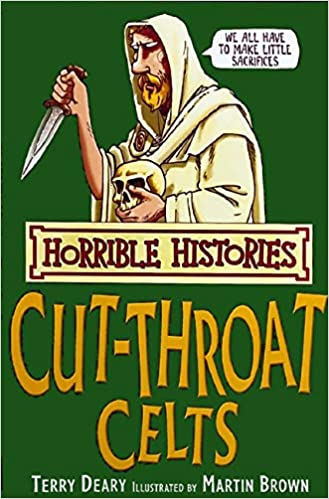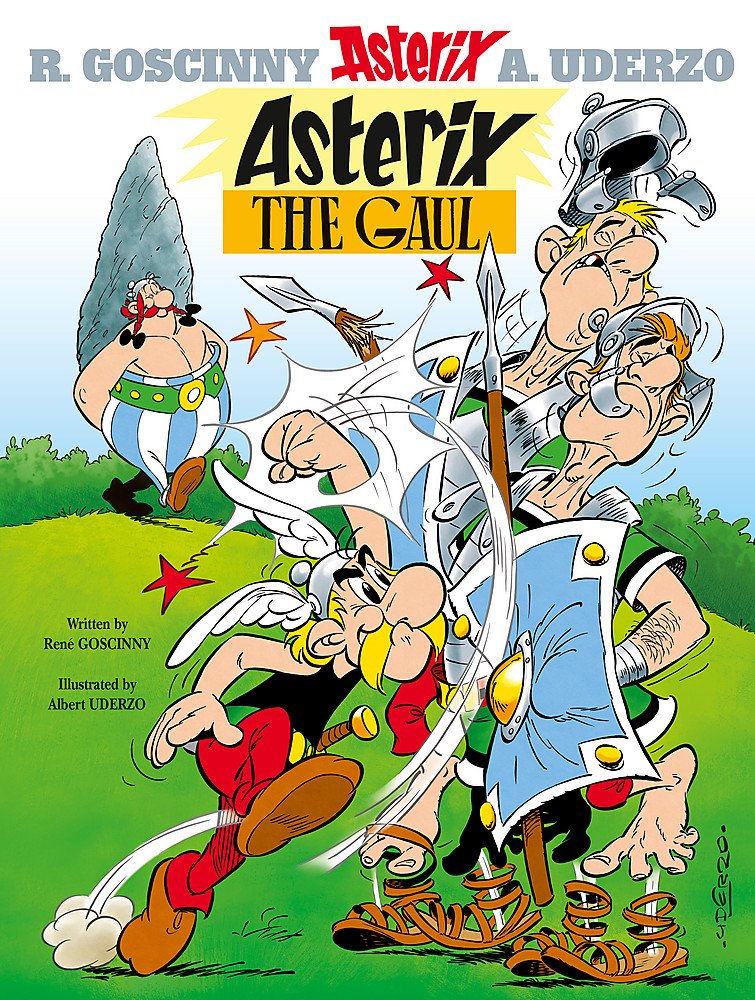The Horrible Histories book series is an incredible work. Its designed for kids, but works just as well for adults. Its accessible, covers alot of ground quickly, is funny and doesn’t shy away from violence.
I was flipping through their book on the Celts today. Al of a sudden my eyes were opened to the fact that Asterix and Obelix were Celts.

To many readers and fans of Asterix and Obelix this may be obvious. But I never realised. There is no direct use of the word ‘Celtic’ in the Asterix books, instead reference is made to ‘Gaul’ and the ‘Gaulish’ culture.
My moment of astonishment came when the Horrible Histories book turned to Vercingetorix, the Gaulish leader, and his defeat to the Romans, in AD52. I recognised the name of the leader and his defeat, because both are occasionally referenced in the Asterix comics.
Reading on I found Horrible Histories identified several features of Celtic culture, which were referenced in the Asterix comics:
- Celts went wild in battle, and fought as individuals – whilst the Romans fought as a unit. You can see that in the way that Asterix and the villagers are very much involved in their own private mission with the Romans. Horrible Histories said that in reality, this manner of fighting made the Celts weaker, although in Asterix, thanks to the magic potion made by the druid Getafix, the Gauls always won.
- Celts liked fighting each other, and indeed, in Asterix village scraps were a common theme.
- Celts often got involved in campaigns fighting for other people, in places as a far away as Egypt, Greece and Asia Minor. Asterix and Obelix were frequently sent on missions to rescue people or help foreign friends, which usually meant battling for peoples fighting Roman oppression.
- Chieftains wore a helmet with a large model bird perched on top, which would only be worn on important occasions, though not in battle. This perhaps was the inspiration for Asterix’s feathered helmet.
- Celts were headhunters. In war, they would frequently bring back heads as part of the spoil of a victorious war. The heads would be preserved and then used as adornment. This feature of Celtic culture seems watered down by Goscinny and Uderzo. In their comics Obelix had a penchant for Roman helmets rather than heads – in a battle he would seek to amass helmets in competition with Asterix.
- Druids played a key role in the life of the Celts, and were very powerful. Getafix, the druid, plays a key role in the life of Asterix’s village.
- Mistletoe, in the Celtic culture, is understood to have magical qualities when cut from the tree with a golden sickle. A whole Asterix book is centred around the fact that the druid has broken his golden sickle, which means he cannot make the magic potion which allows the Gaulish village to defend themselves against the Romans. The power of the magic potion lies in the key ingredient being cut by Getafix’s golden sickle.
Today has truly been a landmark in my understanding both of history and of a comic series that I have loved since I was a very young child. Life continues to amaze me.


I also noticed something else. Horrible Histories pointed out that the Celts, when at war, selected amongst their women a band of war-goddesses, who were called Battle Furies. Apparently the ‘furies’ didn’t find but rather shrieked and tried to psyche out the opposition – a bit like when Monica Seles used to play tennis. The ‘furies’ are in the Avengers comics, a band of female fighters, who take no prisoners.